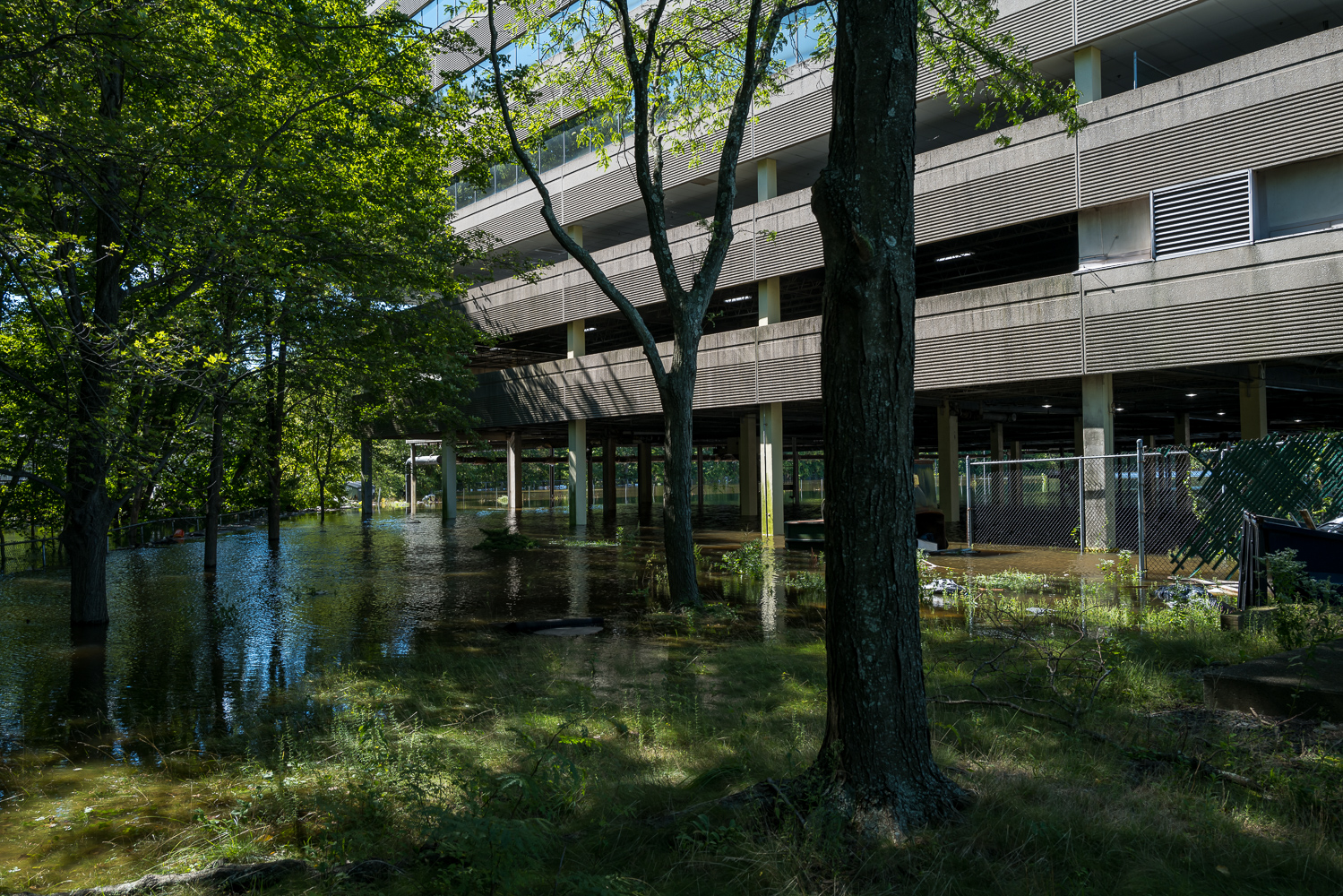
My photographic essay, Wastelands: An Analysis of the Early Anthropocene Swamps of Glacial Lake Passaic is now up on this site. The photographs were exhibited at El Palacio de la Madraza in Granada, Spain as part of the show Vernacular. Diálogos entre micropolíticas del paisaje, curated by Carlos Gor Gómez. A brief abstract below:
In his 1961 book, Megalopolis: the Urbanized Northeastern Seaboard of the United States, geographer Jean Gottman adopted the Greek term “megalopolis” to refer to vast conurbations such as the northeastern seaboard of the United States, from Washington DC to Boston. This megalopolis, he observed, would not have a uniform population density but rather would be composed of multiple urban centers and the interstitial spaces between them.
Even as megalopolitan territories have developed across the globe and the price of land in their boundaries has skyrocketed, interstitial spaces within them persist in terms of what Ignasi de Sola-Morarles called terrain vague, leftover spaces that have been abandoned for some reason. Understanding the potential of such sites—not to develop them, as is the vogue for too many architects, but to leave them as is or to allow damaged ecological systems to be restored—is a critical task for urban researchers today.
In this photo essay, I look at a group of such areas in Essex County, New Jersey, the densest and most urbanized county of the densest and most urbanist state in the United States, specifically at huge swamps remaining from the draining of Glacial Lake Passaic that comprise roughly ¼ of the county’s acreage. My interest is in both the history and conflicts over these areas and the tenuous relationship individuals have with the borders of such areas, especially now that extreme weather events have become annual occurrences.